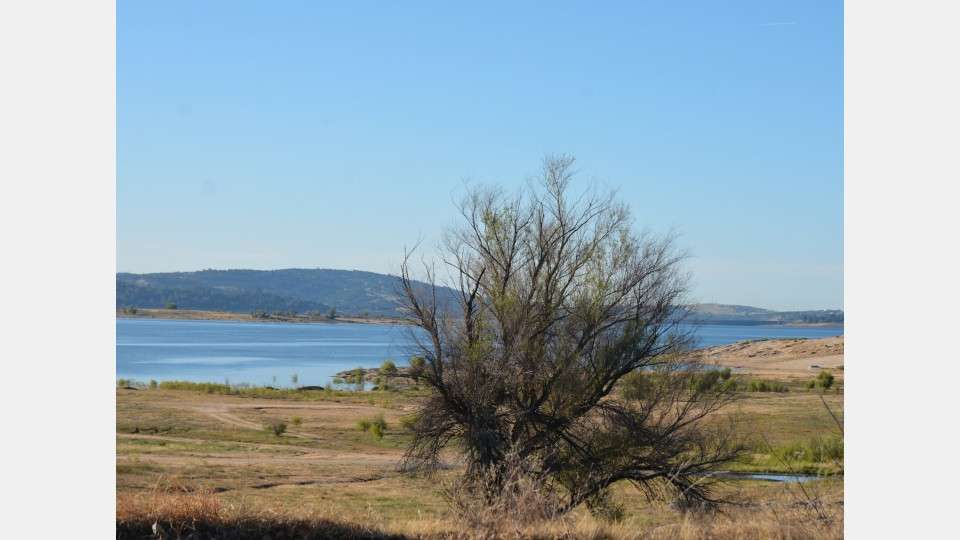
SAN DIEGO — With 42.8 percent of California suffering extreme to exceptional drought, its bass fisheries are reflecting the water shortage.
Low water levels plague Lake Hodges and El Capitan in the San Diego area, as well as Diamond Valley Lake, southeast of Los Angeles, which was down more than 100 feet at one point, with no launching allowed for more than a year. Folsom Lake northeast of Sacramento and Lake San Antonio north of San Luis Obispo also are among the casualties.
“Almost all lakes and reservoirs in California have been hit pretty hard,” said B.A.S.S. member Pat Helsley of Murietta, who listed Lopez, Nacimiento, Santa Margarita, Shasta, Castaic, Cachuma, Isabella, Pardee and Oroville as suffering from water shortage.
On plus side, he added, some impoundments have started to rise, courtesy of rain in the northern part of the state, delivered by the California Aqueduct. And the U.S. Drought Monitor reflects that improvement. A year ago, 71.08 percent of the state was in extreme to exceptional drought.
Sill, it lists the entire state as abnormally dry or worse, with 21.04 percent of central and southern California sustaining exceptional drought conditions.
Much of the West continues to experience abnormally dry to moderate drought conditions as well. But, as with California, conditions aren’t as dire as a year ago, when 26.73 percent was in extreme to exceptional drought.
Still, water levels are a long, long way from being “normal” or even sustainable. This past summer, lakes Mead and Powell were diminished to their lowest combined level in history. Both impoundments on the Colorado River, Mead was at 37 percent capacity at one point, and Powell a little more than 50.
“That’s nothing compared to what could happen,” said Gary Wockner, executive director of the Save the Colorado campaign, citing a recent study.
That study, he added, suggests that drought years comparable to those of 2000 to 2006 would empty Lake Powell, especially if upstream states implement new trans-mountain diversions.
“And whether you want to believe it or not, water agencies in Colorado, Wyoming and Utah are proposing to do just that,” he said.
How is it possible that Colorado River reservoirs spread across more than 500 square miles of the Southwest could be so endangered? Western water law is confusing and often confounding, and the compact governing distribution of Colorado River water to states along its course especially so.
Then add the likelihood that the drought will continue, with long-range forecasts of hotter and drier for the Southwest.
“I haven’t shown the climate change hydrology in the study because it just scares everybody,” said Eric Kuhn, general manager of the Colorado River District.





